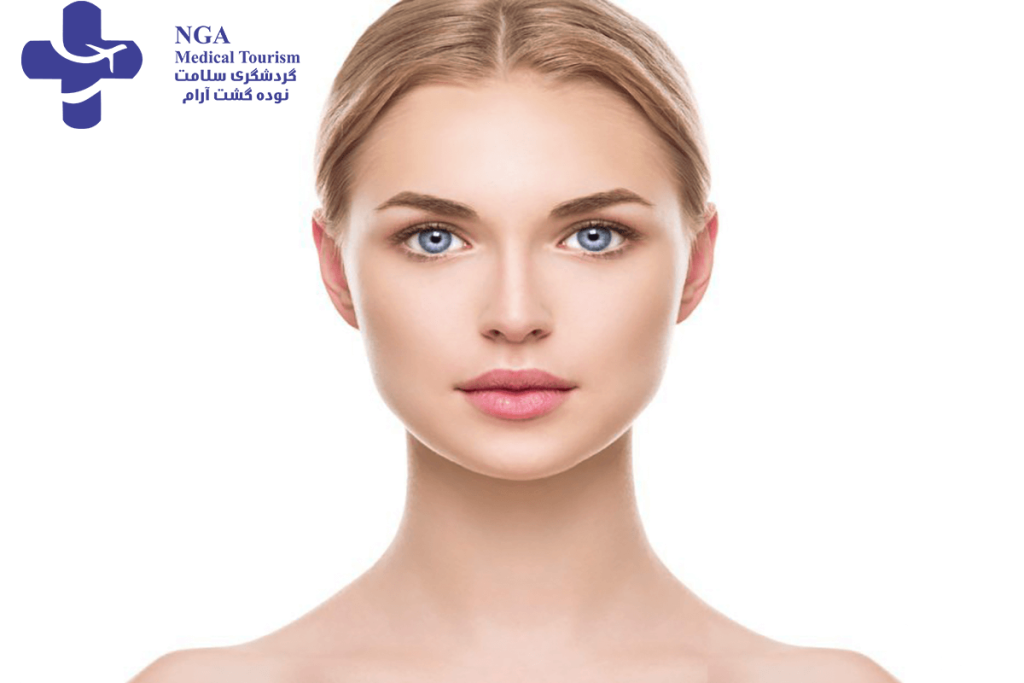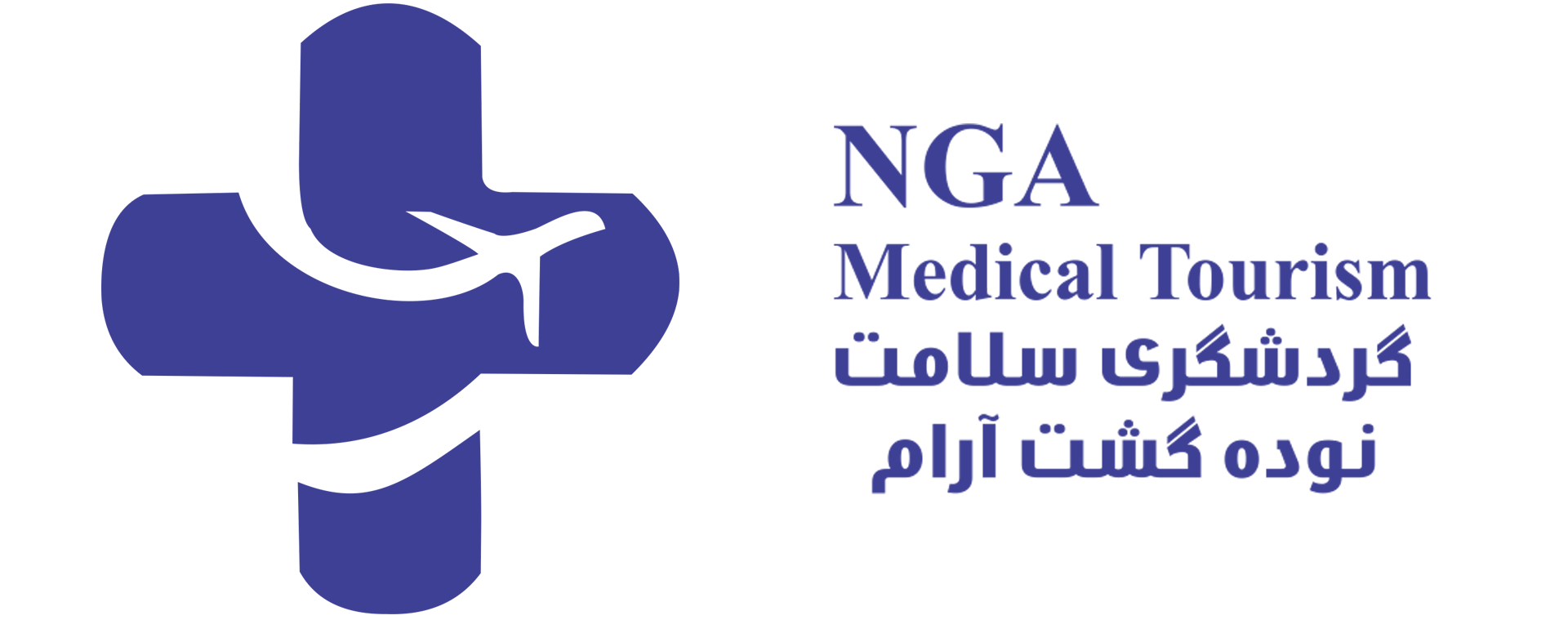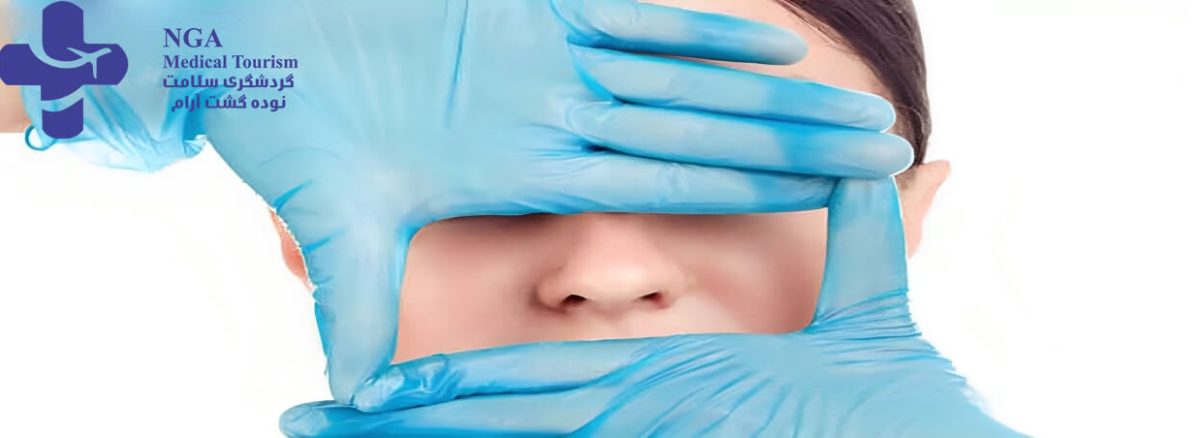- 19 June, 2023
- blog
In Iran, upturned nose surgery, also known as a “tip-plasty” or “rhinoplasty,” is a popular cosmetic procedure. Many skilled plastic surgeons in Iran specialize in this type of surgery and have extensive experience in performing it.The cost of upturned nose surgery in Iran can vary depending on the surgeon’s experience, the complexity of the procedure, and the location of the clinic or hospital. However, in general, the cost of upturned nose surgery in Iran is lower than in many other countries, making it an attractive option for those seeking affordable yet high-quality cosmetic surgery.
The cost of upturned nose surgery in Iran is generally lower than in many other countries, making it an attractive option for those seeking affordable yet high-quality cosmetic surgery. However, it is important to choose a qualified and experienced surgeon to minimize the risk of complications.
An Upturned Nose: Causes, Characteristics, and Options for Improvement
An upturned nose is characterized by its upward-angled tip. It can range from a slight angle to a more pronounced angle, giving the nose a shorter appearance and making the nostrils more noticeable.
Commonly referred to as “pixie noses” or “piggy noses,” an upturned nose is just another unique facial feature that sets individuals apart.
In most cases, the shape of your nose is inherited from your family, unless it has been altered due to an injury or previous surgery.
From a medical perspective, having an upturned nose is usually not a cause for concern unless it affects your breathing. However, if you are unhappy with the appearance of your nose, there are both surgical and nonsurgical options available to address your concerns.
Explore the possibilities of achieving the nose you desire by consulting with professionals who specialize in nose reshaping procedures. Whether you opt for surgical intervention or noninvasive treatments, there are solutions that can help enhance your nose’s aesthetic appeal and boost your confidence.
Discover how you can transform your upturned nose and achieve the desired results with the assistance of IPD TOURISM, a trusted provider of cosmetic and reconstructive treatments. Contact us today for personalized guidance and explore the options available to you.
Upturned nose causes
Let’s explore the factors that can contribute to an upturned nose.
Genetics
The shape of your nose, including whether it is upturned or not, is largely determined by genetics. It is influenced by the genetic heritage passed down from your ancestors. Additionally, the climate and environmental conditions that your ancestors were exposed to may have played a role in shaping the nose for its function of regulating the temperature and humidity of the inhaled air.
Injuries
An upturned nose can also result from severe nasal trauma, like a broken nose, caused by:
- Falling
- Walking into a solid object accidentally
- Nose impact during contact sports
- Motor vehicle accidents
- Physical assault, such as punches or kicks to the nose.
Gene mutations and birth defects
Rare gene mutations in prenatal development can lead to an upturned nose and affect various features, often accompanied by microcephaly, developmental delays, and intellectual disabilities. Conditions like Cornelia de Lange syndrome, Smith-Lemli-Opitz syndrome, Kaufman oculocerebrofacial syndrome, and Toriello-Carey syndrome are known to contribute to this.
Upturned nose after rhinoplasty
Michael Jackson is often associated with an upturned nose resulting from plastic surgery. Rhinoplasty is the surgical procedure used to alter the shape of the nose.
In some cases, if an excessive amount of cartilage is removed from the tip of the nose or the septum during rhinoplasty, it can cause the nose to appear shorter and the tip to turn upward. This is more likely to occur if the nose already lacks projection before the surgery.
Interestingly, some individuals undergo rhinoplasty specifically to achieve an upturned nose. A population-based study published in the medical journal JAMA Facial Plastic Surgery revealed that a slightly upturned nose tip was considered more attractive in females.

Risk factor of having your nose upturned
Generally, an upturned nose does not typically cause any significant problems or health risks. Unless there is a specific issue with breathing due to damage to the nasal septum (the cartilage that divides the nasal passages), the presence of an upturned nose is unlikely to cause any medical concerns.
Surgical and nonsurgical options for an upturned nose
Noses exhibit a wide range of shapes, sizes, and angles, and having an upturned nose is a normal variation that does not necessarily require alteration unless desired.
If you are dissatisfied with the angle or shape of your nose and wish to make a change, there are several options available to consider.
Highlight your other facial features
In order to make your nose appear less prominent, you can try emphasizing your other facial features, as most people may not notice your nose as much as you do.
Here are some approaches you can consider:
Contouring and highlighting: Utilize contouring and highlighting techniques to create the illusion of a different nose shape. By applying dark contouring makeup to create shadows and using highlighter to accentuate other areas of your face, you can minimize the focus on your nose. Online tutorials or assistance from cosmetics counters can provide guidance.
Experiment with other makeup: Direct attention towards your eyes and lips using eyeshadows, eyeliners, and lipsticks. Opt for a bold eye or a more subtle lip, or vice versa, to divert attention from your nose.
Change your hairstyle: Certain hairstyles can draw attention to the nose, such as heavy or blunt bangs, or sharply angled haircuts. Consider softer layers, slight volume or waves, and medium-length styles that can soften your facial features and redirect focus from your nose.

Nonsurgical rhinoplasty with injectable fillers
non-surgical rhinoplasty in Iran
Injectable fillers, such as hyaluronic acid, offer a nonsurgical option to alter the shape of the nose, known as a nonsurgical nose job. These fillers, which have a gel-like consistency, are injected beneath the skin’s surface to add volume and can be manipulated by the practitioner for desired results.
The cost of soft tissue fillers varies, with an average range of $644 to $1,930 per syringe, according to a report by the American Society of Plastic Surgeons in 2016. The number of syringes required depends on the extent of correction needed, and multiple sessions may be necessary.
Nonsurgical rhinoplasty is typically performed in an office setting and takes approximately 15 to 60 minutes. The duration of results varies based on the type of filler used, ranging from a few months to several years.
While side effects are generally minimal, there are rare but serious risks associated with fillers. The filler material can potentially block a blood vessel, leading to skin necrosis (death of injected skin tissue), and if injected near the eye, it can even cause blindness. Therefore, it is crucial to seek treatment from a board-certified plastic surgeon or dermatologist who has expertise in fillers. It’s important to note that the FDA considers the use of fillers in the nose as an “off-label” use.
Rhinoplasty
Rhinoplasty, commonly referred to as a nose job, is a popular cosmetic surgery procedure in the United States. It is often sought after to address various aesthetic concerns and improve the appearance of the nose.
To correct an upturned nose, surgeons can employ open or closed surgical techniques. These methods involve the placement of grafts at the tip and end of the septum to provide support and lengthen the nose. Cartilage grafts used in the procedure are typically sourced from the patient’s ribs or ears.
Rhinoplasty is typically performed under general anesthesia and takes approximately two to three hours to complete. The duration of the procedure may vary depending on the complexity of the case and the individual’s specific needs.
Recovery from rhinoplasty varies from person to person and depends on the extent of the procedure. Generally, patients can expect some swelling, bruising, and discomfort in the initial weeks following surgery. It may take several months for the nose to fully heal and for the final results to become apparent. Regular follow-up appointments with the surgeon are crucial to monitor progress and ensure optimal healing.
Takeaway
An upturned nose is typically considered a normal variation in facial features and does not typically warrant medical concern. However, if the upturned nose is causing functional issues such as difficulty breathing or nasal obstruction, it may be necessary to address these concerns.
Factors Influencing the Cost of Nose Jobs in Iran
When considering the cost of nose jobs in Iran, several factors come into play. Rhinoplasty is a procedure that affects your appearance, so it is crucial to entrust it to an experienced surgeon and undergo the surgery in a reputable hospital. In Iran, renowned for its skilled plastic surgeons and advanced medical technologies, the cost of a nose job typically ranges from $1,200 to $2,500. However, this cost can vary based on factors such as the surgeon’s reputation, the complexity of the operation, and the facilities provided by the hospital.
Types of Nose Shapes
- upturned nose
- Fleshy nose
- Button nose
- Roman nose
- Greek nose
- Bumpy nose
- Snub nose
- Hawk nose
- Nubian nose
- East Asian nose
- Bulbous nose
- Combo nose
upturned button nose
An upturned button nose is characterized by a small, rounded, and slightly curved nasal tip, resembling the shape of a button. This facial feature is often associated with a cute and youthful appearance, as it gives the impression of a pert and dainty nose. The upturned button nose typically has a slightly elevated nasal tip that adds a charming and endearing quality to one’s facial aesthetics, contributing to an overall attractive and delicate look.

Overview
To conclude, upturned nose surgery, or rhinoplasty, is a popular cosmetic procedure in Iran. Many skilled plastic surgeons in Iran specialize in this type of surgery and offer it at a lower cost than in many other countries. However, it is crucial to choose a qualified and experienced surgeon and carefully consider the potential risks and benefits of the procedure before undergoing surgery. Overall, upturned nose surgery can be a successful way to enhance one’s facial appearance and improve self-confidence.
Read More: Lasik eye surgery in Iran Question and Answer
Read More: Eye Surgery cost in Iran (Lasik&Refractive Surgery,Cataract)
Read More: lasik Eye Surgery in Iran
Read More: Glaucoma Treatment In Iran
Read More: Cataract surgery in Iran
FAQs About Upturned Nose Rhinoplasty
Open and closed surgical techniques can be used to correct an upturned nose. Grafts made from cartilage (usually taken from the ribs or ears) are placed at the tip and septum to support and lengthen the nose.
Non-surgical nose job, also known as “liquid rhinoplasty,” involves the temporary reshaping of the nose using hyaluronic acid (HA) dermal fillers. These fillers are injected into specific areas, mainly the bridge of the nose, to adjust its shape and contour.
An upturned nose is typically considered normal and doesn’t usually require correction. However, if you experience breathing difficulties due to a damaged nasal septum or other medical reasons, it is advisable to consult a licensed practitioner for potential correction.
The celestial nose, commonly referred to as an “upturned nose,” is a distinct nasal feature found in approximately 13% of the global population. It is characterized by a small size, a protruding tip at the end, and a noticeable dent or depression in the nose bridge.
Yes, the upturned nose can be genetic. Like many other facial features, the shape and structure of the nose can be influenced by genetics. Individuals often inherit the characteristics of their nose, including whether it is upturned or not, from their parents and ancestors. However, it’s important to note that environmental factors can also play a role in shaping the nose during development.
Nose filler lasts for 12-18 months, but if you get repeat treatments, you can get a longer-lasting result just with filler top-ups. Because the nose area is a low-movement area of the face (as compared to, say, the mouth or eyes), dermal filler injections tend to last longer than other areas.
Like most plastic surgery procedures, a rhinoplasty procedure is considered permanent. The techniques used to change the shape, height, bridge, or width of your nose all create long-lasting results that can last for well over 10 years.




